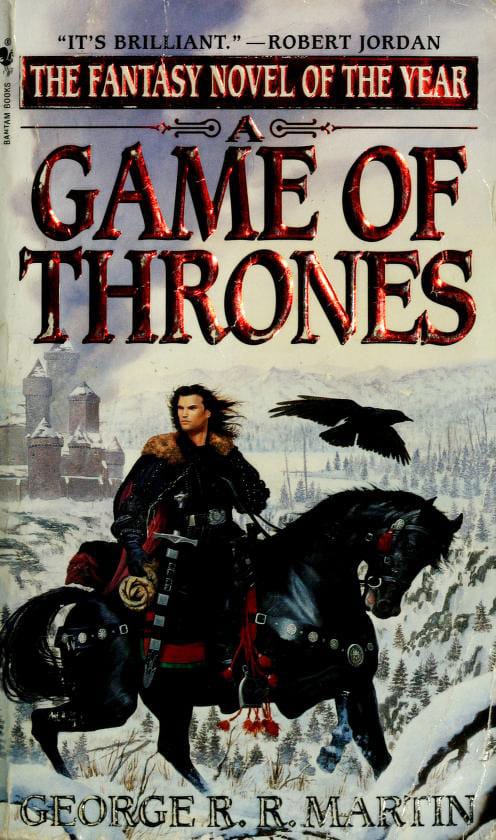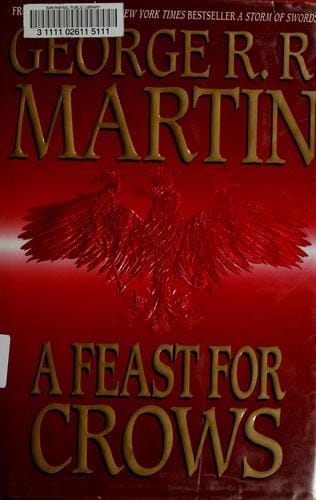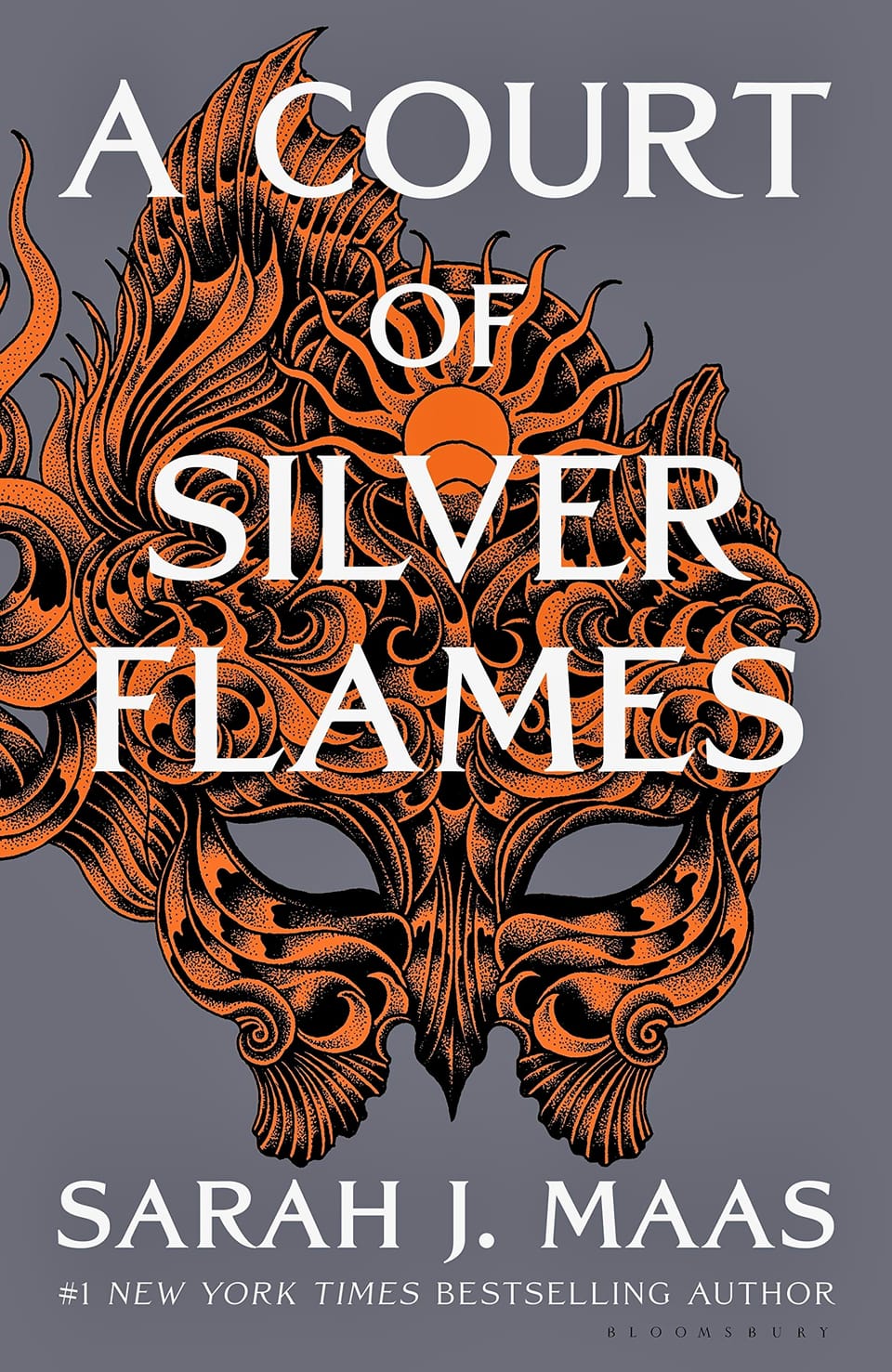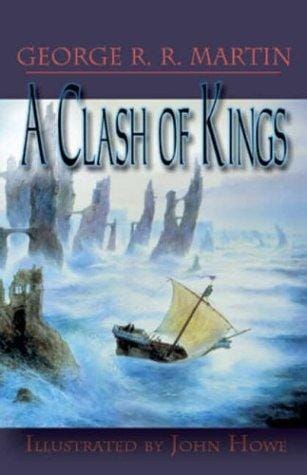Exploring A Game of Thrones: Plot, Themes, and Cultural Impact

Introduction
When George R. R. Martin published "A Game of Thrones" in 1996, he reshaped the modern fantasy landscape. The novel, the first installment in the sprawling saga "A Song of Ice and Fire," set a new standard for gritty realism, intricate political intrigue, and morally gray characters. Far removed from the clear-cut heroism that dominated earlier fantasy epics, Martin’s work invites readers into a world where honor can be fatal, alliances are fragile, and power is the ultimate currency. Over two decades later, the story still captivates new generations and fuels passionate discussions across fan communities worldwide.
Plot Overview
The action unfolds on Westeros, a continent where the ruling houses vie for control of the Iron Throne. After the death of the Hand of the King, Eddard Stark—lord of the northern stronghold Winterfell—is summoned south by his old friend King Robert Baratheon. Ned’s reluctant journey to the capital entangles him in court politics, uncovering secrets about the royal lineage that could destabilize the entire realm. Meanwhile, on the desolate northern border, Ned’s illegitimate son Jon Snow joins the Night’s Watch, a sworn brotherhood defending a colossal ice Wall against threats both human and supernatural.
Across the Narrow Sea, the last surviving heirs of the deposed Targaryen dynasty seek allies to reclaim their birthright. Young Daenerys Targaryen endures an arranged marriage to the Dothraki horse-lord Khal Drogo, gradually transforming from a frightened exile into a formidable contender for the throne. The convergence of these parallel storylines sets the stage for an unpredictable clash of factions, prophecies, and personal ambitions that will echo throughout the series.
Major Characters
Martin’s ensemble cast is one of the novel’s greatest strengths. Eddard Stark embodies duty and integrity, qualities that make him both admirable and vulnerable in a court ruled by cunning. His wife, Catelyn, navigates the treacherous politics of the Riverlands to protect her children, while fierce Arya and ladylike Sansa illustrate the divergent fates awaiting noble daughters. Tyrion Lannister, the sharp-tongued dwarf scorned by his own family, provides biting wit and surprising empathy, becoming a fan favorite for his resilience and intellect.
Daenerys’s arc offers a compelling study in empowerment. Surrounded by powerful men who underestimate her, she discovers her inner strength and earns the loyalty of hardened warriors. Jon Snow’s storyline, far from the centers of power, explores themes of identity, belonging, and sacrifice. Each point-of-view chapter deepens the reader’s connection to these characters, ensuring their triumphs feel exhilarating and their tragedies genuinely heartbreaking.
Central Themes
"A Game of Thrones" interrogates the corrosive nature of power and the moral compromises required to obtain it. Honor is portrayed as a double-edged sword: noble ideals can inspire greatness but also invite ruin in a world that seldom rewards virtue. Family loyalty forms another cornerstone; every major decision is weighed against house legacy and parental expectations, revealing how love and ambition often collide. Martin also subverts fantasy tropes by blurring lines between heroes and villains, reminding readers that perspective shapes morality as much as actions do.
World-Building and Writing Style
Westeros is meticulously crafted, from the icy North to the sun-baked deserts of Dorne, each region infused with its own customs, heraldry, and history. Martin’s background as a television writer lends a cinematic quality to the narrative: terse dialogue, cliffhanger chapter endings, and vivid sensory details draw readers into the heart of every scene. The rotating point-of-view structure broadens the scope while maintaining intimacy, allowing the audience to watch the same events unfold through conflicting lenses and judge for themselves where truth resides.
Cultural Impact and Legacy
Beyond bookstores, "A Game of Thrones" became a global phenomenon thanks to HBO’s television adaptation, which premiered in 2011 and propelled the series into mainstream conversation. The show’s unprecedented success boosted sales of the novels, spawned merchandise, video games, and academic courses analyzing its political and sociological dimensions. The franchise invigorated interest in medieval realism within fantasy literature, paving the way for authors who now prioritize nuanced politics over straightforward quests. Moreover, the unpredictable plot twists sparked a "spoiler culture" where fans raced to stay ahead of televised events, illustrating the unique symbiosis between page and screen.
Conclusion
"A Game of Thrones" endures because it marries the grand scale of epic fantasy with the raw authenticity of human drama. Its labyrinthine plot, unforgettable characters, and unflinching portrayal of power’s costs challenge readers to reconsider preconceived notions of heroism and justice. Whether you are a longtime fantasy devotee or a newcomer seeking a gateway into the genre, Martin’s novel offers an immersive experience that lingers long after the final page. As the winds of winter still gather, revisiting the first book is an ideal way to appreciate the rich narrative tapestry that started it all.


